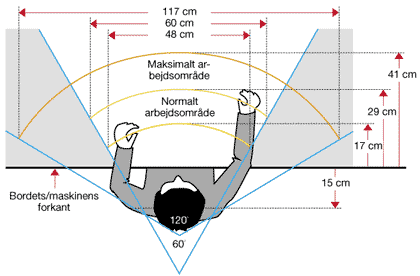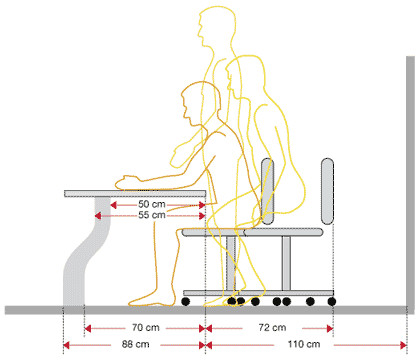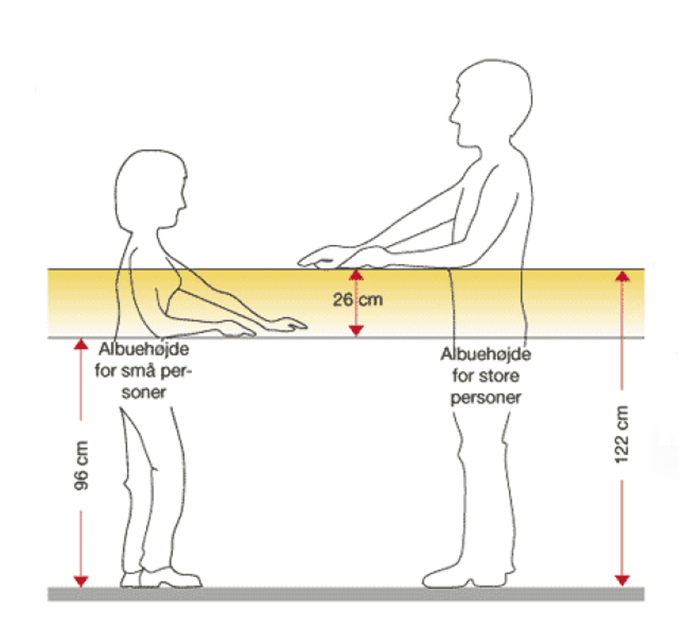Indoor climate and ergonomics
The indoor climate is an important part of the overall work environment. A good indoor climate with an appropriate temperature and clean, fresh air has a positive impact on your well-being. A poor indoor climate, however, may cause discomfort, headache and concentration problems.
In working with a good indoor climate you will come far with:
- Keeping the temperature of approx. 20-22 °C
- Keeping the room tidy and clean
- Airing regularly
Arbejdstilsynet has developed a guidance At-vejledning regarding the conditions, which has influence on the indoor climate and preventing bad indoor climate. Arbejdstilsynet also refers to BAR FOKA, which has developed a portal about indoor climate, where you can find more information.
Ergonomics and layout
A good ergonomically work environment can reduce the risk of aches in arms, neck, shoulders and back.
When working at a workstation many hours a day, it is important that it is properly designed. BAR Kontor has prepared a branch-related guidelines on work by screens at office workstations, which deals with the importance of varying work posture and organise the workplace logically, to achieve and maintain a good work environment at the screen.
AU HR has developed a quickguide for the office workplace.
Here is Arbejdstilsynets guide regarding screen work
Open-plan offices
Open-plan offices, where four people and above are working in the same room, make great demands to the working environment, both the physical and the psychological. Even relatively small influences from a poor indoor climate can influence the work environment significantly. Work in open-plan offices therefore requires special consideration in relation to the acoustic conditions, layout, the choice of materials and technical equipment. Colleagues conversations, telephones and keyboard noise, printers and photocopiers can also affect the power of concentration.
Sound, noise and acoustics
Sound, noise and acoustics have great influence on the working environment and may result in tiredness, concentration problems and headaches.
It is individual when sounds are perceived as noise, but under the Danish Health and Safety at Work Act, nobody is subjected to noise exposure of more than 85 dB(A). If the noise exceeds 80 dB(A) ear protection must be available.



